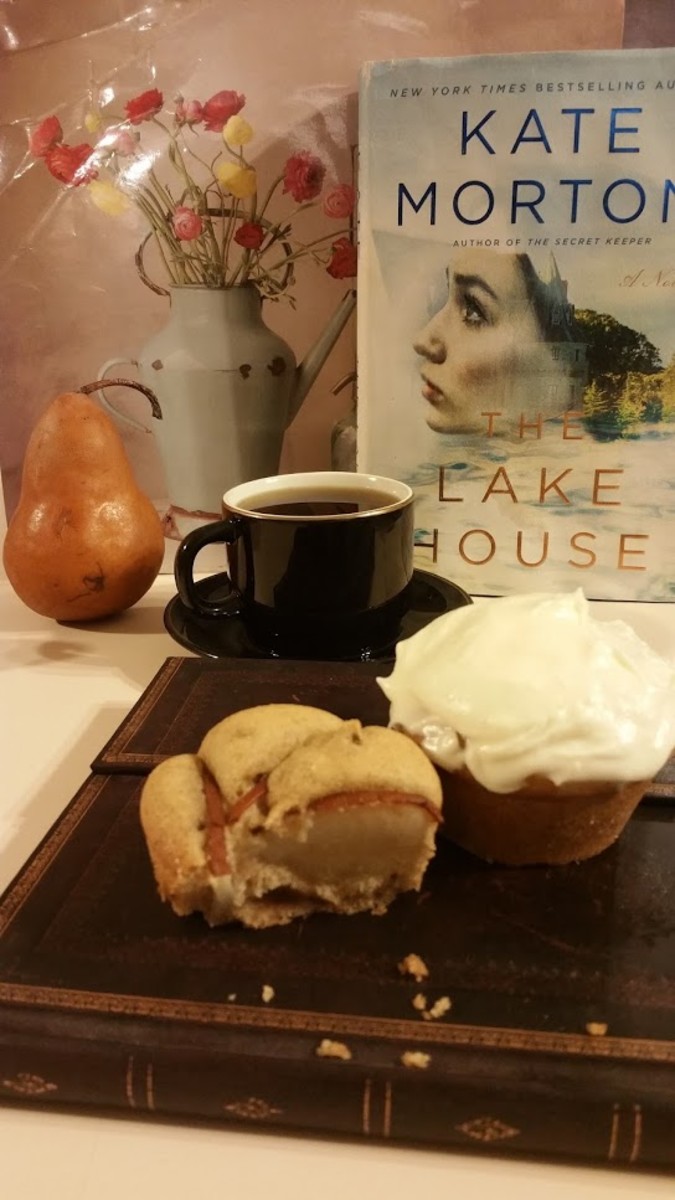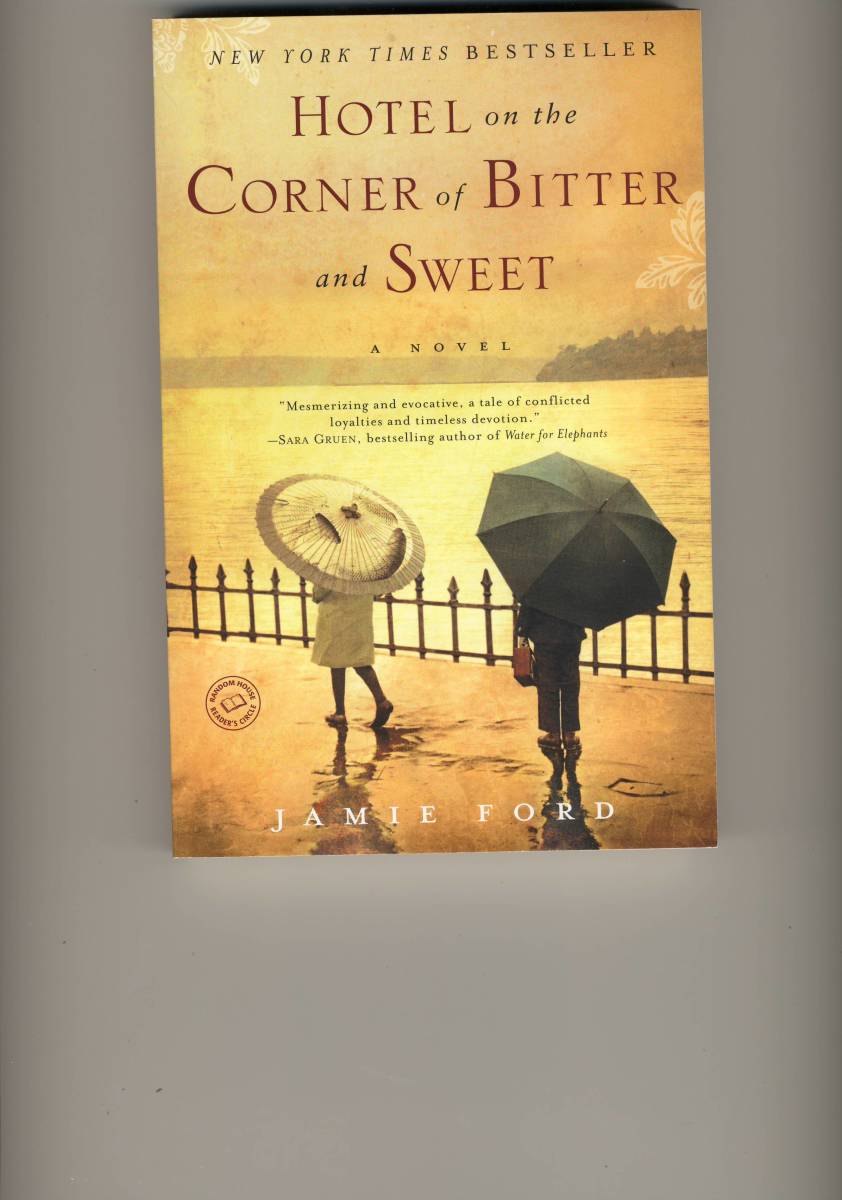- HubPages»
- Books, Literature, and Writing»
- Books & Novels»
- Bestsellers
A Look at Shopgirl, a Promising Novella with a Disappointing End
An instance of buyer's remorse
Have you ever started reading a book or watching a movie or playing a video game and thought, "Oh my god. This is the best thing ever. I am totally on board with everything that is happening right now." But, when you got to the end of it, did you feel the same way? Or did your high expectations come to nothing but disappointment?
That was my experience reading Shopgirl. I bought it on a whim from the bookstore I work at, and I was immediately drawn into the isolated, pathetic life of Mirabelle. I'm a sucker for sad stuff, and that was exactly what I loved about the novella at first. The tone, the insecurity of the characters, everything spoke to me on a primitive, soulful level. However, when I got to the end, closed the book, and put it on my shelf, I found myself wishing that I had merely read it on my lunch break rather than buying it.
A love story about loss, regret, and all that good stuff
Mirabelle Buttersfield is a depressed twenty-something who works at the glove counter at Neiman Marcus in Beverly Hills by day and draws pictures alone in her apartment by night. She occasionally attends openings at art galleries but usually just watches TV with her two cats. She experiences a brief and uninspiring romance with an aimless young man, Jeremy, before embarking on an extended courtship with Ray Porter, a womanizer who is old enough to be her father. The experience does not amount to anything substantial, and Mirabelle finds herself in a relationship with Jeremy again, but it is different. Jeremy has grown up and found a purpose in life. He has money. He is suddenly interesting, and Mirabelle is happy.
A simple, elegant cover
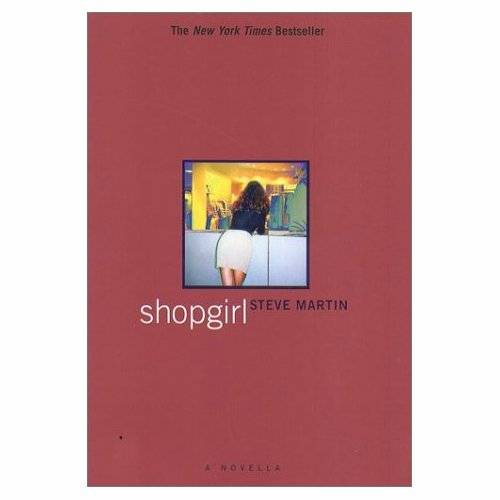
Purchase the novella on amazon
The reader as a voyeur
One of the elements of the story that drew me in initially was the feeling that I was watching these characters from a distance. As the novella is written in third person omniscient, I, as the reader, have access to all these characters' thoughts, feelings, desires, and insecurities. I even have access to analyses of their personalities that they do not even realize themselves.
Despite this inside information, the story is written in such a way that I do not feel invited in to these people's lives. Instead, I am observing them as one would watch a colorful fish swimming in an aquarium. The fish may know I am there, and I certainly know it is there, but there is no mutual understanding, no connection that exists between us. This sort of distance exemplified the isolation that Mirabelle, Ray, and Jeremy felt, each in their own unique ways. Mirabelle attempts to create and maintain an intimate connection with Ray, but her relationship with her lover is much like her relationship with the reader. She sees him and understands his desires on a superficial level, but she cannot make that meaningful connection that she craves which reinforces her sense of isolation.
Steve Martin: actor, comedian, and banjo extraordinaire
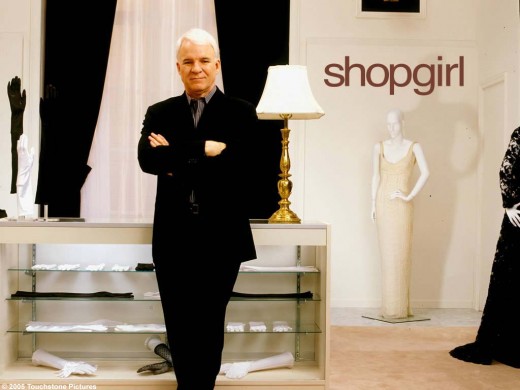
The protagonist is flat and uninspiring
Mirabelle is boring. There's no other way around it. She is dull, unambitious, and seems to have no agency of her own. The beautifully sad tone of the book can only carry the reader so far when the main character is so unappealing to the reader.
A question that kept popping up as I read was, "What does Ray Porter see in Mirabelle?" The only answer I could come up that consistently fit all the clues was that she is is young and pretty. It couldn't be her sense of humor or charming personality, as she has neither of those attributes. Furthermore, she is incomprehensibly needy. Not only does she accept constant financial assistance from Ray while they are dating, but she continues to accept it after they stop seeing each other. Mirabelle is a person who doesn't make things happen; things simply happen to her. She is static. She is an object. And although she may be able to beguile Ray Porter with her body, she is unable to enchant the reader by such flimsy means.
The end does not match with the rest of the novella
What first intrigued me about the book is the weight that each of the characters carried and the repetition of loss and acceptance. Jeremy loses Mirabelle, Mirabelle and Ray lose each other, Mirabelle loses herself. There was something so miraculously human about the book up to that point. I felt like Steve Martin was writing for himself rather than trying to impress or placate a particular audience which allowed for a more organic story line. However, that mentality was totally dashed at the end of the book when Mirabelle finds a happy ending with Jeremy.
Jeremy and Mirabelle do not have a chemistry between them when they first meet. They go out on some disappointing dates, find they have nothing in common, and then consummate their relationship with some unsatisfying sex that ends in unsatisfying cuddling. A few years pass, and suddenly Jeremy and Mirabelle are perfect for each other. Their personalities are different but complementary, and they magically share similar interests now. Okay, fine, people can change a lot in a short period of time. What I do not believe is that the two suddenly have a sexual chemistry when they started off with none. Two people are either attracted to one another or they are not; it's something that rarely, if ever, develops over time.
I felt that the ending was a cop out, that Martin was cheating the reader out of the bitter, sad ending that we could have had. Instead of having an ending that felt truer to life or was uglier, he gives in and provides us with an ending that ties up all the loose ends very neatly. The author chooses an ending that he feels will please the reader rather than choosing an ending that will make the reader think and feel on a deeper level.
Steve Martin weighs in with his art knowledge
Mirabelle's family scene is irrelevant to the story
In the novella, Mirabelle, at Ray's expense, visits her family in Vermont. While this return to one's roots has the potential of showing the reader the complexity of Mirabelle's upbringing or family relationship, the scene served as a transparent explanation for her attraction to Ray Porter. She is infantilized and desexualized by both of her parents, and she is unable to connect with her father, a closed off Vietnam veteran. Instead of portraying a dynamic family, Martin relies on the classic and cliched Electra complex, an idea that the reader could easily develop on his or her own. In effect, the scene is irrelevant. It neither furthers the plot nor our understanding of Mirabelle. Rather, it simply drags down the momentum.
The stars of the 2005 film adaptation
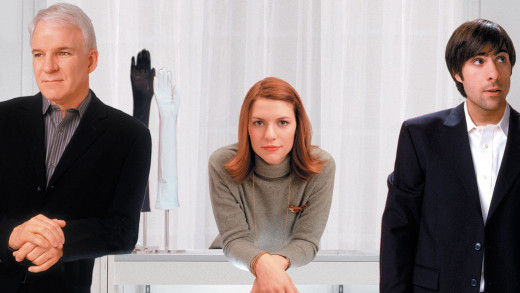
Parting thoughts
Steve Martin is smart, and he knows he is smart. He excels at everything from comedy to bluegrass banjo playing. He's an excellent writer, as well. For all intents and purposes, Shopgirl is a well-crafted novella. The characters have more than one dimension, the writing is elegant while just bordering on pretentious, and the descriptions are sparse yet breathtaking. There is a paradoxical delicate and heavy quality to the story. But all these positives cannot make this novella a story that I would revisit later down the line. It's a fairly painless one-time read. I would give it a 7 out of 10.


